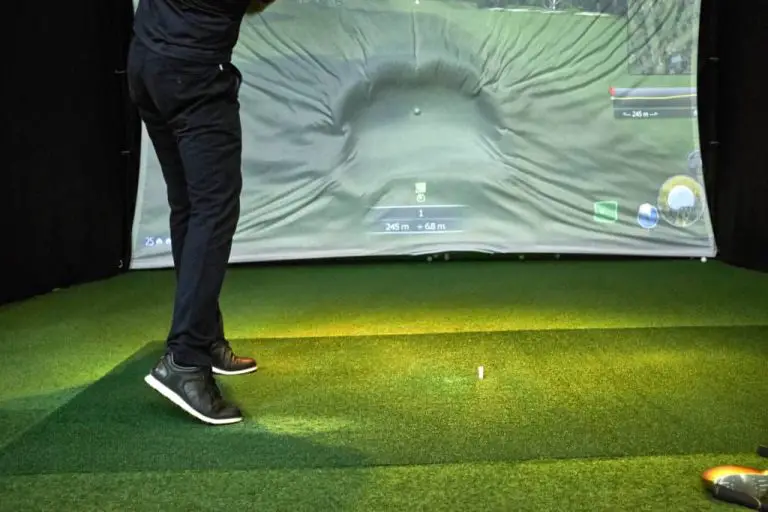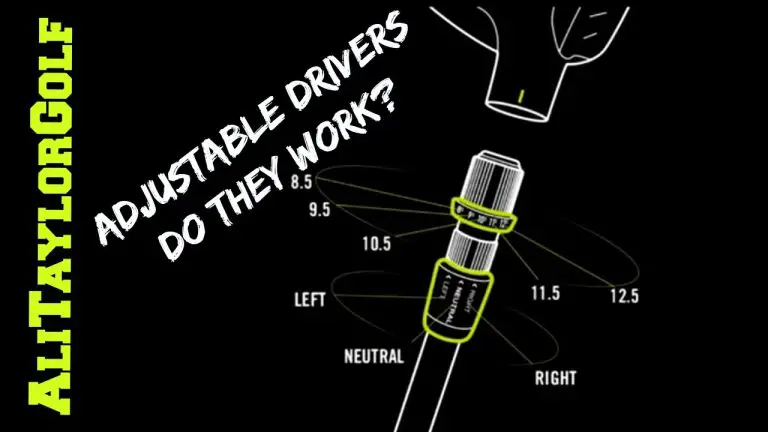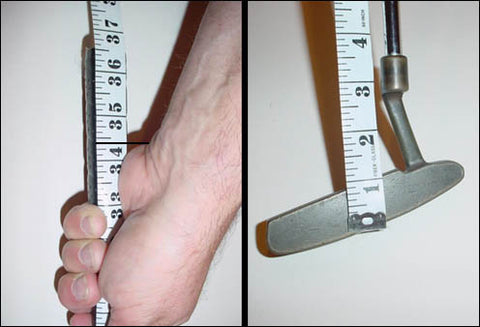What Loft Is A Gap Wedge
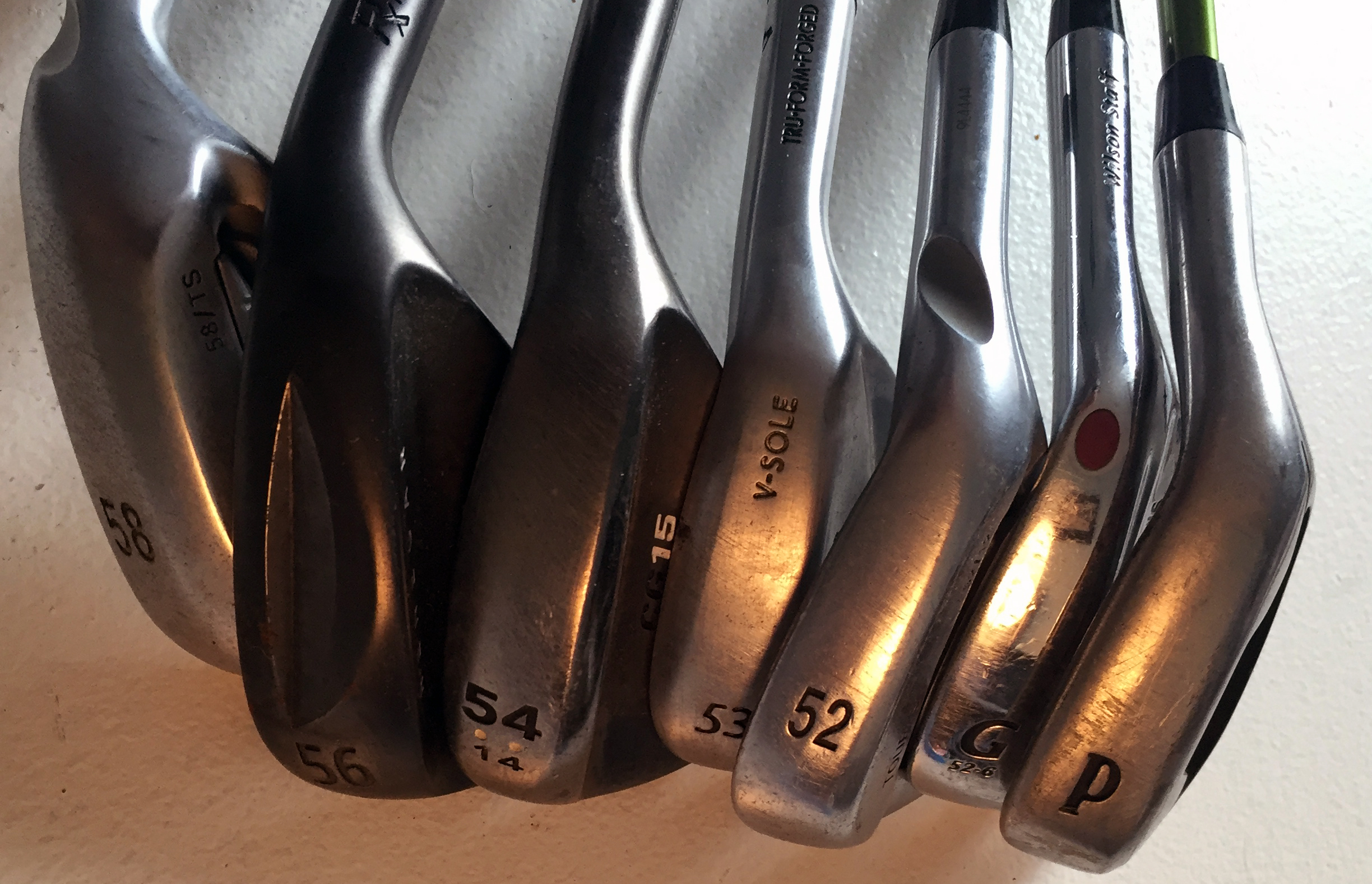
In the world of golf, understanding the characteristics and specifications of golf clubs is essential for every player seeking to improve their game. One important aspect of club selection is the loft, which directly affects shot trajectory and distance control. Among the various clubs in a golfer’s bag, the gap wedge holds a significant role. But what exactly is the loft of a gap wedge, and how does it impact a golfer’s performance on the course?
In this article, we delve into the intricacies of the loft of a gap wedge. We explore its definition, purpose, and the influence it has on shot outcomes. Whether you’re a beginner looking to expand your knowledge of golf clubs or an experienced player aiming to refine your club selection, this article will provide valuable insights.
We begin by examining the broader category of wedges in golf and their specialized roles in a player’s arsenal. Then, we dive into the concept of loft itself, explaining how it affects the trajectory and distance of shots. From there, we narrow our focus specifically on the gap wedge, exploring its purpose and typical loft range.
Understanding the loft of a gap wedge is crucial for golfers seeking precise distance control and versatility in their short game. By comprehending the intricacies of loft measurement, the impact of loft on shot performance, and the considerations when choosing a gap wedge, players can make informed decisions and optimize their club selection for improved on-course results.
Join us as we unravel the mysteries of the loft of a gap wedge and discover how this critical aspect of club design can enhance your golfing experience. Whether you’re a casual player or a dedicated enthusiast, this article aims to equip you with the knowledge you need to make confident decisions when it comes to selecting and utilizing a gap wedge on the golf course.
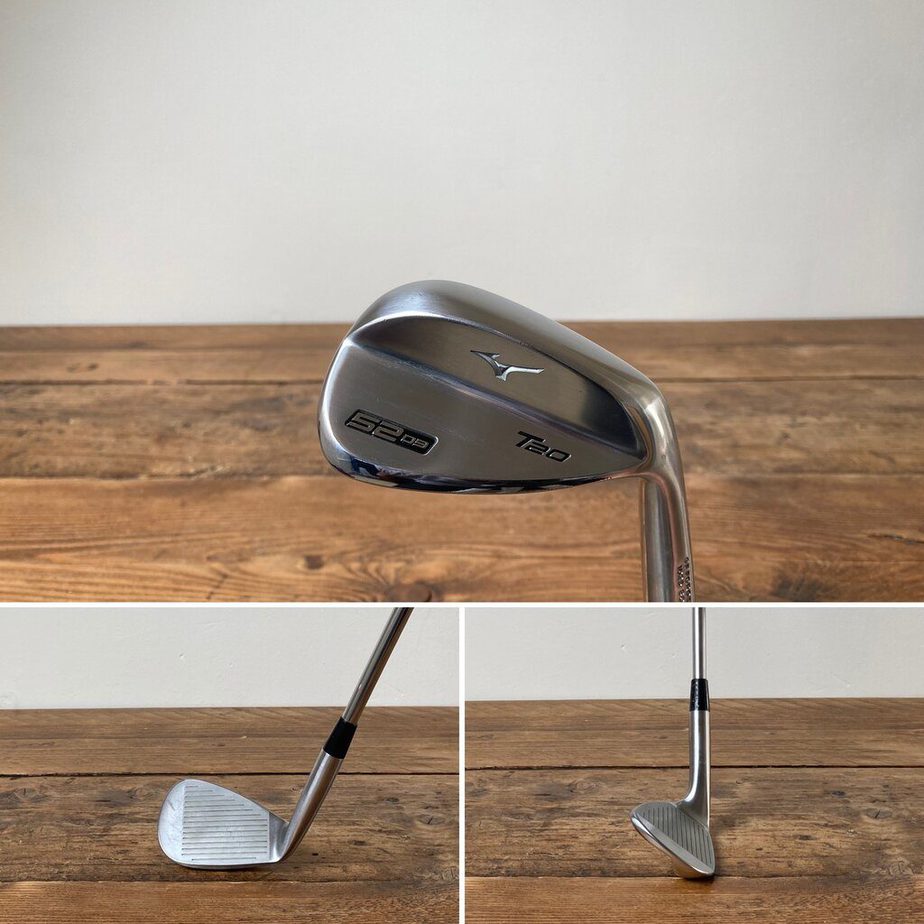
What is a wedge in golf?
Before delving into the specifics of a gap wedge, it’s important to understand the broader category of wedges in golf. Wedges are a subset of irons, featuring higher lofts and shorter shafts. They are designed to provide greater control and precision for shots played around the green, helping golfers navigate challenging lies and execute delicate shots with finesse.
Common types of wedges include the pitching wedge, sand wedge, lob wedge, and the gap wedge. Each wedge has its own unique loft and purpose, contributing to a golfer’s ability to execute different types of shots and manage varying distances.
What is the loft of a golf club?
In golf, loft refers to the angle of the clubface relative to the vertical axis. It directly influences the trajectory and distance of a golf shot. Clubs with higher lofts, such as wedges, tend to produce higher shots with a steeper ascent and a shorter carry distance. On the other hand, clubs with lower lofts, like drivers, produce lower shots that travel greater distances through the air.
Loft is measured in degrees, representing the angle between the clubface and a vertical line. The loft of a golf club is one of its key specifications and has a significant impact on shot performance.
What is the purpose of a gap wedge?
The gap wedge, as the name suggests, fills the “gap” between the pitching wedge and the sand wedge in terms of loft and distance coverage. It provides golfers with another option for approach shots and fills the yardage void that may exist between other clubs in their bag.
The gap wedge is particularly useful for shots that require more control and precision than what a pitching wedge can offer. It allows golfers to make shorter, controlled swings while maintaining loft and accuracy. The versatility of the gap wedge makes it an indispensable tool in a golfer’s arsenal.
What is the typical loft of a gap wedge?
The loft of a gap wedge can vary among different manufacturers and individual club models. However, the typical loft range for a gap wedge falls between 48 and 54 degrees. It is important to note that while these ranges are common, golfers may find gap wedges with slightly higher or lower lofts depending on their specific needs and preferences.
When selecting a gap wedge, golfers should consider their existing set makeup, the loft of their other wedges, and the desired yardage gaps they want to achieve. It’s crucial to find a loft that provides an appropriate yardage range and allows for consistent gapping between clubs.
How does the loft of a gap wedge affect shot trajectory and distance control?
The loft of a gap wedge plays a significant role in shaping shot trajectory and controlling distances. Higher lofted clubs, like gap wedges, create a steeper launch angle, resulting in shots that ascend quickly and come down with a steeper descent angle. This trajectory is beneficial for shots that require a high, soft landing and minimal roll-out.
Additionally, the loft of a gap wedge affects the amount of spin imparted on the golf ball. Higher lofts create more backspin, which can help shots stop quickly on the greens. This is particularly advantageous for shots that need to hold the green or when playing from bunkers and roughs around the green.
Golfers can use the loft of their gap wedge to fine-tune their distance control. By adjusting swing length, clubhead speed, and the angle of attack, golfers can optimize the loft to achieve the desired yardages for different shots. Practice and experience with a gap wedge allow golfers to develop a sense of how the loft influences their shots, enabling them to make precise distance adjustments.
How does the loft of a gap wedge vary among manufacturers?
The loft measurements of gap wedges can vary among different club manufacturers. While there is a general range for gap wedge lofts, specific models and brands may offer slightly different options. Golfers may find gap wedges with lofts that are a degree or two higher or lower than the standard range, providing additional customization options.
It’s essential for golfers to consider the loft measurements of their gap wedge within the context of their entire club set. Achieving consistent yardage gaps between clubs ensures better shot selection and decision-making on the course.
What other factors should be considered when choosing a gap wedge?
When selecting a gap wedge, it’s not just the loft that golfers should consider. Several other factors can influence the performance and suitability of a gap wedge for an individual player:
Club design and technology
Different gap wedge models may feature varying designs and technologies that can affect ball flight and overall performance. Factors such as clubhead design, weight distribution, and sole design can influence how the club interacts with the turf and impacts the golf ball.
Shaft characteristics and flex
The characteristics of the shaft, including its material, weight, and flex, can impact the feel and performance of a gap wedge. Golfers may choose a shaft that complements their swing tempo and promotes consistent shotmaking.
Personal playing style and preferences
Each golfer has a unique playing style and preferences that should be taken into account when selecting a gap wedge. Some players may prefer a certain look or feel at address, while others may prioritize specific performance characteristics. Understanding personal preferences can guide golfers towards a gap wedge that suits their individual needs.
Getting custom-fit for optimal performance
For golfers seeking the highest level of performance and tailored specifications, a custom club fitting session with a professional fitter is highly recommended. A custom fitting ensures that the loft, shaft, and other specifications of the gap wedge are optimized for the golfer’s swing and playing style.
Practical tips for using a gap wedge effectively
To make the most of a gap wedge, golfers can incorporate the following tips into their game:
- Distance gapping: Understand the yardage coverage of your gap wedge and how it fits into your overall set of clubs. Use it to bridge the distance between your pitching wedge and other wedges or irons.
- Shot versatility: Experiment with different shot types, including full swings, half swings, and finesse shots, to understand the range of shots you can play with a gap wedge. Practice different trajectories and use the loft to control spin and distance.
- Short game precision: Develop proficiency in using the gap wedge for delicate shots around the green, such as chip shots, pitch shots, and bunker shots. Mastering distance control and spin will help you navigate various short game scenarios effectively.
- Practice and familiarity: Spend dedicated practice time with your gap wedge to develop a feel for its performance characteristics. Gain confidence in different yardages and shot types through repetition and experience.
Remember, each golfer’s game is unique, and understanding how your gap wedge performs in various situations is key to optimizing your performance on the course.
Conclusion
The loft of a gap wedge plays a crucial role in a golfer’s ability to control trajectory, spin, and distance. This versatile club fills the gap between the pitching wedge and other wedges or irons, providing golfers with a valuable tool for approach shots and delicate shots around the green. By understanding the loft and considering other factors like club design, personal preferences, and customization options, golfers can choose a gap wedge that suits their game and enhances their overall performance. With practice and experience, golfers can harness the loft of their gap wedge to execute precise shots and elevate their short game to new heights.



